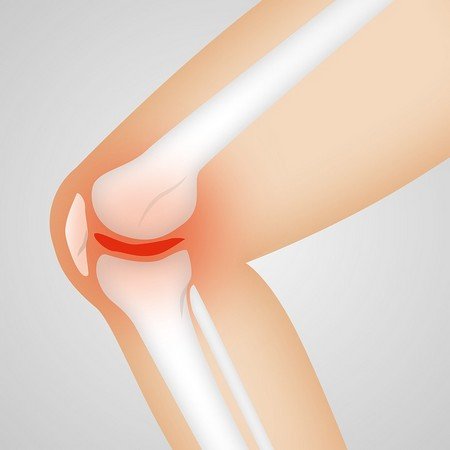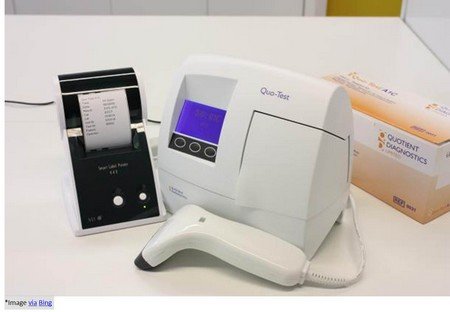Rheumatoid and Osteoarthritis are two different conditions. Most people with arthritis usually develop osteoarthritis. The condition is mainly age-related. Rheumatoid arthritis (RA) is another type of arthritis. This is a serious autoimmune condition. Unfortunately, the two are often confused. This creates endless anxiety and frustration for those suffering from RA.
Understanding the difference between the two conditions can help with early detection and the right treatment. Listed below are some proven ways to distinguish between the two:
What is Rheumatoid Arthritis?
Rheumatoid arthritis is a destructive autoimmune joint disease. It is characterized by the occurrence of inflammation in the (synovium) joint lining tissue responsible for producing lubrication and ample nutrient fluid for joints. Inflammation in this tissue leads to deformity (owing to loose joint ligaments). It also results in the destruction of joints due to cartilage and bone erosion.

What is Osteoarthritis?
Osteoarthritis is a disease of the cartilage of joints. It results from age-related breakage of joint cartilage as well as the underlying bone.

The Differences
Type – Rheumatoid arthritis is an autoimmune disease, which is characterized by an overactive, confused immune system whereas osteoarthritis is not an autoimmune disease. It is a systemic disease.
Age Factor – Osteoarthritis is essentially an age-related disorder that occurs mainly in older individuals resulting from years of wear and tear. On the other hand, RA can attack individuals of any age, even children (juvenile RA).
Source of the Discomfort/Pain
In the case of RA, the immune system of the patient attacks synovium thinking it is an invader while with osteoarthritis, joint cartilage wears away with time leaving no lubrication and bone rubbing on bone. With RA, the patient suffers from swelling, fever, and other symptoms which results from cell-signaling molecules pouring into the bloodstream. Patients suffering from osteoarthritis do not experience these symptoms.
Deformities
While both osteoarthritis and RA may lead to joint deformities, the issue is more common in RA. This results in eroding joints and displacement. Patients suffering from RA may get severely deformed (the fingers experience deviation and appear pulled out towards the side). Patients of osteoarthritis are more likely to suffer from bony lumps which are very painful bony lumps or spurs in their ankles, fingers, hips, shoulders, knees, and elbows.
Medication
Patients with RA would be treated with the following to tackle pain and very strong oral steroid such as prednisone that leads to thinning of bone:
Steroid injections (directed into the joint)
Oral NSAID drugs such as ibuprofen and naproxen
Patients with osteoarthritis are also given these medications minus strong oral steroids.
Impact on Joints
Both OA and RA affect the joints. The difference is the site that gets affected and the way they affect. RA is known to attack smaller joints first, starting from the wrists to the toes, leading to painful red, warm, and swollen sites.
In the case of osteoarthritis, hips, and knees (larger weight-bearing joints) usually experience the worst damage. It is also possible that the problem in joint will occur on one side of the body and not affect the other.
Summary: Most individuals with arthritis have osteoarthritis. This usually occurs as they age. Rheumatoid arthritis (RA) is another type of arthritis, which is a serious autoimmune disease. The two are usually confused. Understanding the difference can help with early consultation and treatment.




